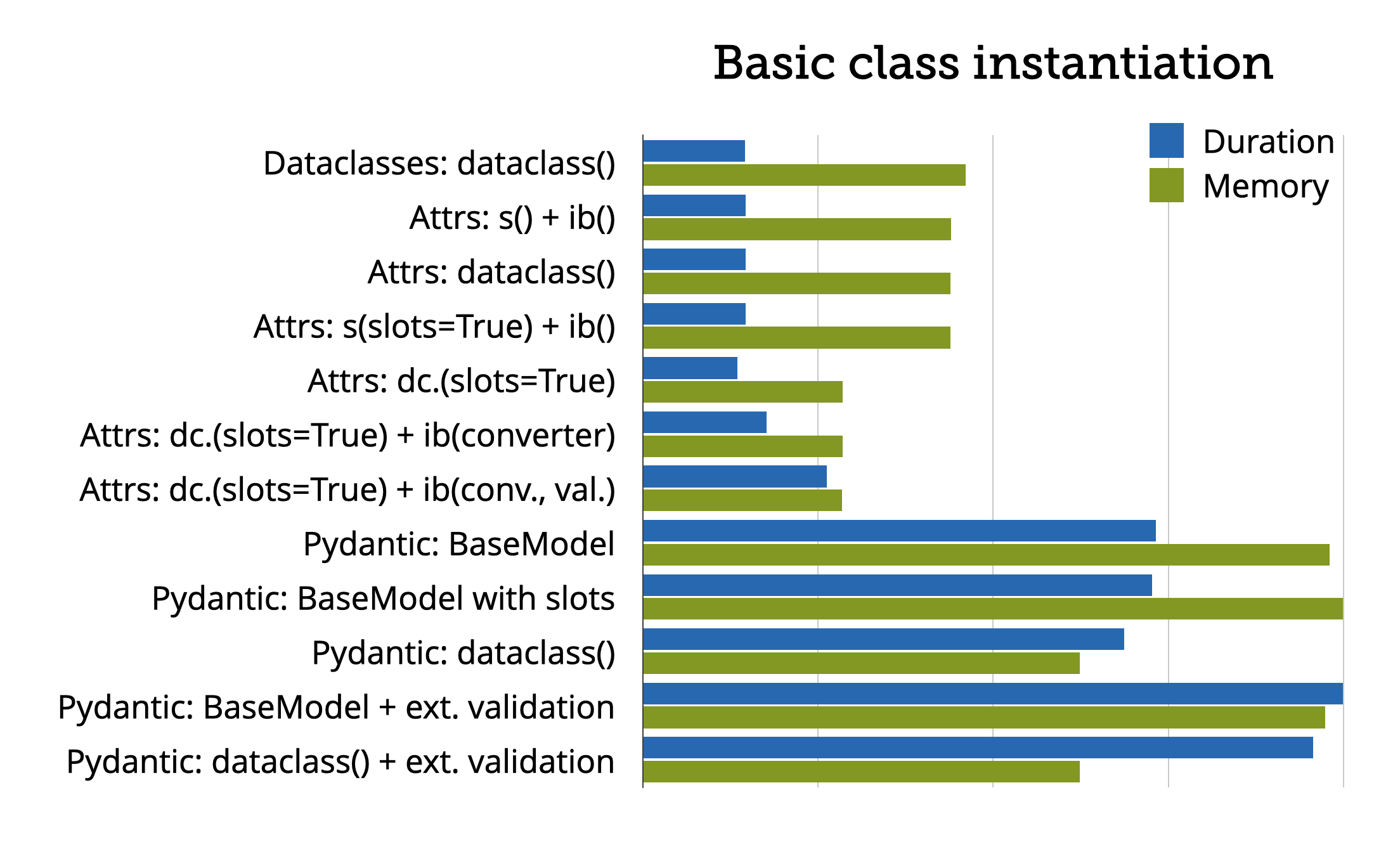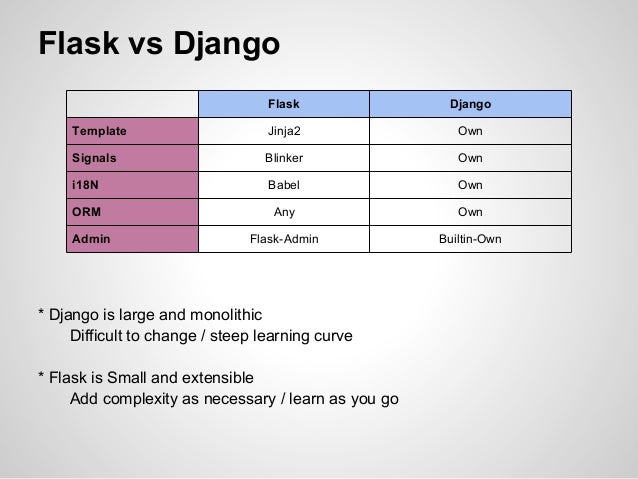Python Slots Vs Dict
A dictionary object can be constructed using dict function. This function takes a tuple of tuples as argument. Each tuple contains key value pair. t=((1,&#. Dictfromclass ¶ In this section we define a functions that gets a dictionary from a class. This dictionary contains all the information supplied in the body of a class statement, except for the doc-string. By default Python uses a dict to store an object’s instance attributes. This is really helpful as it allows setting arbitrary new attributes at runtime. Dictionary is one of the important data types available in Python. The data in a dictionary is stored as a key/value pair. It is separated by a colon(:), and the key/value pair is separated by comma(,). The keys in a dictionary are unique and can be a string, integer, tuple, etc. The values can be a list or list within a list, numbers, string, etc. ' Converting a list to dictionary with list elements as keys in dictionary using dict.fromkeys ' dictOfWords = dict.fromkeys(listOfStr, 1) dict.fromKeys accepts a list and default value. It returns a dictionary with items in list as keys.

In this article we will discuss different ways to convert a single or multiple lists to dictionary in Python.
Following conversions from list to dictionary will be covered here,
- Convert a List to Dictionary with same values
- Convert List items as keys in dictionary with enumerated value
- Convert two lists to dictionary
- Convert a list of tuples to dictionary
Convert a List to Dictionary with same values
Suppose we have a list of strings i.e.
Now we want to create a dictionary with all elements in this list as keys. For each key value will be same i.e. 5. Let’s see how to do that i.e.
Using dictionary comprehension
Dictionary contents will be,
Using dict.fromKeys()
dict.fromKeys() accepts a list and default value. It returns a dictionary with items in list as keys. All dictionary items will have same value, that was passed in fromkeys().
If no default value was passed in fromKeys() then default value for keys in dictionary will be None.
Convert List items as keys in dictionary with enumerated value
Suppose we have a list of strings i.e.
Let’s create a dictionary from this list with list elements as keys and values as integers from 0 to n-1 (n is size of list) i.e.
Dictionary contents will be,

Convert two lists to a dictionary
Suppose we have two lists i.e.
Let’s create a dictionary with elements of listOfStr as keys and elements of listOfInt as values using zip() i.e
Zip() accepts a number of iterable objects and returns a list of tuples. Each entry in tuple contains an element from each iterable object.
We have passed two lists objects in zip() , so it will return a list of tuples, where each tuple contains an entry from both the lists. Then we created a dictionary object from this list of tuples.
Dictionary contents are,
Python Slots Vs Dictionary
- If length of keys list is less than list of values then remaining elements in value list will be skipped.
Convert a list of tuples to dictionary
Suppose we have a list of tuples with two columns in each entry i.e.
We can directly pass this list of tuples to dictionary constructor i.e
Entries in first column will become the key and entries in second column will the values in the new dictionary. Contents of dictionary will be,
Python Dictionary Tutorial - Series:
Subscribe with us to join a list of 2000+ programmers and get latest tips & tutorials at your inbox through our weekly newsletter.
Complete example is as follows,
Output
Join a list of 2000+ Programmers for latest Tips & Tutorials
Related Posts:
In this tutorial, we will try to understand slots in Python with a simple example.
In Python, we use __dict__ function to store the object attributes. This allows setting new attributes at runtime.
The function __dict__ acts as a dictionary. It doesn’t have a fixed number of attributes stored. One can add attributes to the dictionary after defining them but dynamic adding of attributes to a class is not possible in built-in classes like ‘int’ or ‘list’ etc.
However the above function takes up lesser spaces but also, this leads to the function taking up a lot of space in RAM(if thousands and millions of objects are there).
To solve this limitation, we have __slots__ in Python. It provides a static structure not allowing adding attributes after the creation of an instance. __slots__ saved about 9GB RAM.
To define __slots__, one has to define a list with the name ___slots__ which would contain all the attributes to be in use.
Let’s learn slots in Python with a simple piece code.
Python Set Vs Dictionary

__slots__ in Python
NOTE: ONE SHOULD DECLARE A PARTICULAR SLOT ONE TIME IN A CLASS. AN ERROR WON’T OCCUR IF THIS IS NOT FOLLOWED BUT OBJECTS WILL TAKE UP MORE SPACE THAN THEY SHOULD
(36,44)
Python Dict Vs Set
In the above program, __slots__ is used in the class Right only once declaring a particular slot one time in the class. While the opposite happened in class Left thus declaring three slots at one time. Thus the size of the class Right is 36 which is lesser than 44 (size of class Left).
List Vs Dict Python
In the above programs, the line “__slots__= ……..” is to define the slots and “def __init__” we define or instantiate the values.
Also lastly, __slots___ was actually created for faster attribute access.
Leave a Reply
You must be logged in to post a comment.